Description
A **Science Knowledge Encyclopedia for Children** is an engaging resource that helps young learners explore the wonders of science in a fun and easy-to-understand way. It covers a broad range of topics, from the natural world to the cosmos, explaining scientific concepts through pictures, simple definitions, and relatable examples. Here’s a brief overview of what such an encyclopedia could include:
### 1. **The Solar System**
– **The Sun**: The center of our solar system, a huge star that gives us light and warmth.
– **The Planets**: The eight planets (Mercury, Venus, Earth, Mars, Jupiter, Saturn, Uranus, Neptune), their characteristics, and their moons.
– **Asteroids & Comets**: Small rocky bodies and icy objects that orbit the Sun.
– **Space Exploration**: How humans have studied space with telescopes, satellites, and astronauts.
### 2. **The Earth and Nature**
– **The Earth’s Layers**: Core, mantle, and crust, and how they shape our planet.
– **Weather and Climate**: How weather is formed, including clouds, rain, and thunderstorms, and the difference between weather and climate.
– **The Water Cycle**: Evaporation, condensation, and precipitation that keep water flowing on Earth.
– **Ecosystems**: Forests, deserts, oceans, and other environments where plants and animals live.
### 3. **Living Things**
– **Plants**: How plants grow, photosynthesis, and the importance of plants in the environment.
– **Animals**: Classification of animals (mammals, birds, reptiles, etc.), and how they adapt to different habitats.
– **Humans**: The human body, senses, and basic anatomy.
– **Life Cycles**: Birth, growth, reproduction, and death in living organisms.
### 4. **The Physical World**
– **Matter**: Solids, liquids, and gases—what they are made of and how they change.
– **Forces**: Gravity, magnetism, friction, and how they affect our daily lives.
– **Energy**: Different types of energy (light, sound, heat) and how they are used.
– **Machines**: Simple and complex machines that make work easier, like levers, pulleys, and gears.
### 5. **The Human Body**
– **Bones and Muscles**: How our skeleton supports our body and how muscles help us move.
– **The Heart and Circulatory System**: How blood moves through our body.
– **The Brain**: The control center of the body that helps us think, learn, and remember.
– **Senses**: How we see, hear, taste, touch, and smell.
### 6. **Chemistry and Materials**
– **Atoms and Molecules**: The building blocks of matter.
– **Chemical Reactions**: How substances can change into new ones.
– **Everyday Materials**: How things like wood, metal, plastic, and fabric are made and used.
### 7. **Technology and Innovation**
– **Machines and Robots**: How technology is changing the way we live.
– **Electricity**: How electrical energy works and powers things.
– **Computers and the Internet**: Basics of how computers and the internet function.
### 8. **History of Science**
– **Famous Scientists**: Brief stories of important figures like Albert Einstein, Marie Curie, and Isaac Newton.
– **Inventions and Discoveries**: How science has helped improve our lives with inventions like the telephone, airplane, and penicillin.
### 9. **Science Experiments**
– **Simple Experiments**: Fun, safe experiments children can do at home to learn science concepts (e.g., making a volcano erupt, creating a rainbow, or growing crystals).
### 10. **The Environment**
– **Recycling and Conservation**: Why it’s important to take care of the planet by reducing waste and saving resources.
– **Pollution**: The impact of pollution on Earth and ways to reduce it.
– **Animals in Danger**: How some species are becoming extinct and what can be done to protect them.
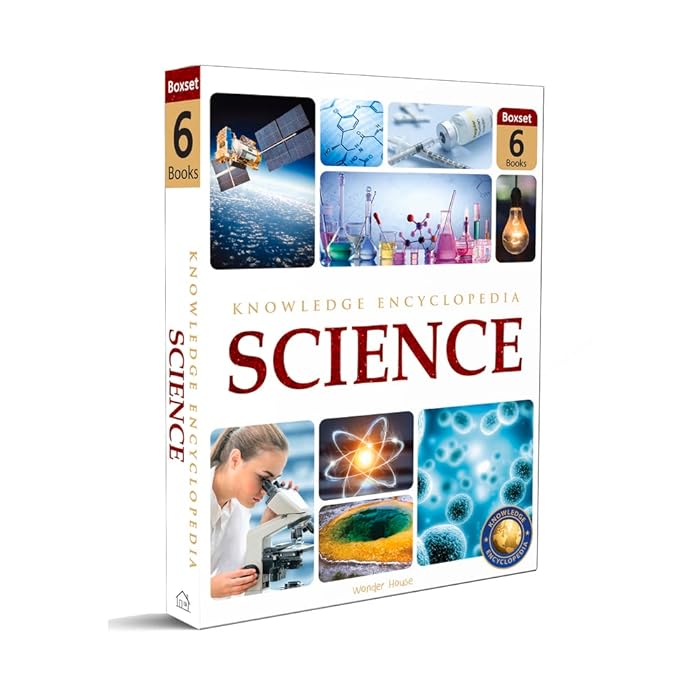
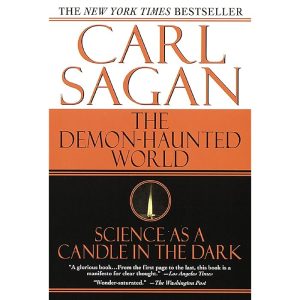
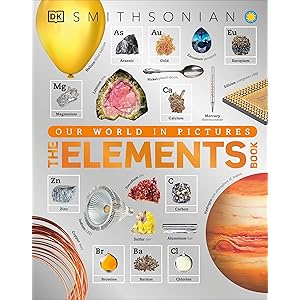
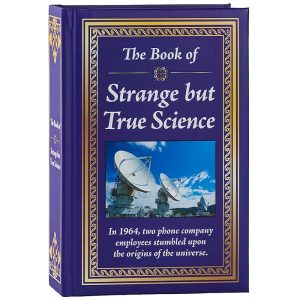
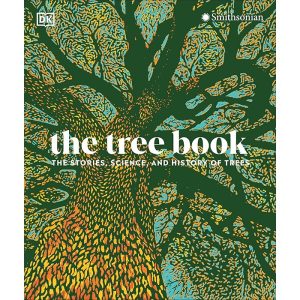
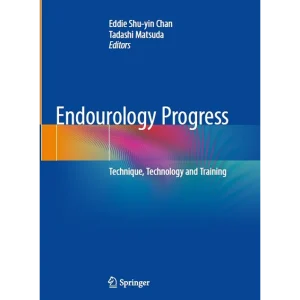
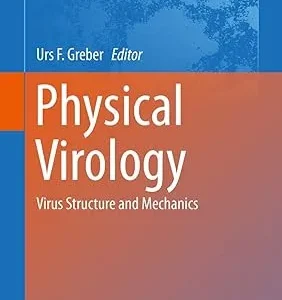
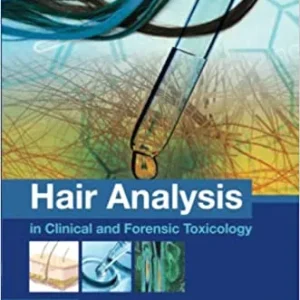
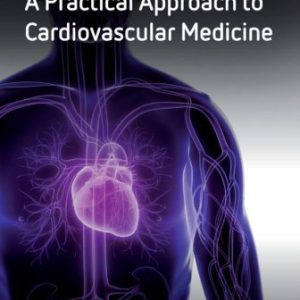
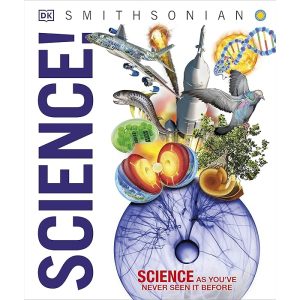
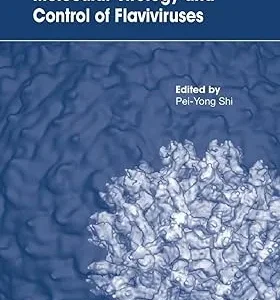
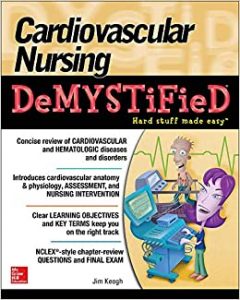
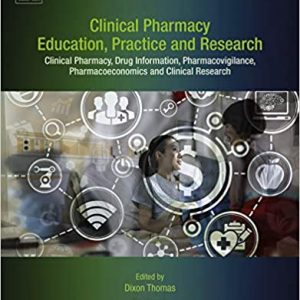
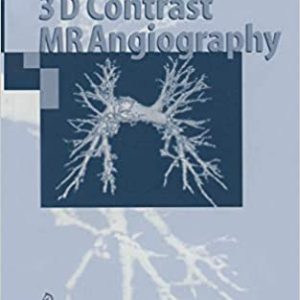
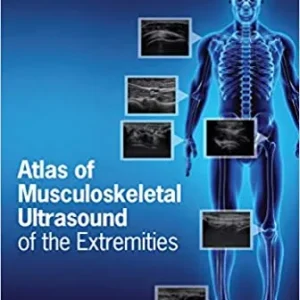

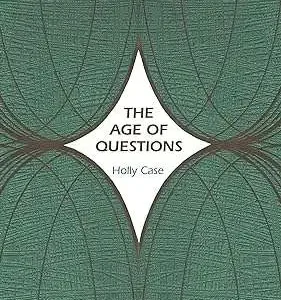
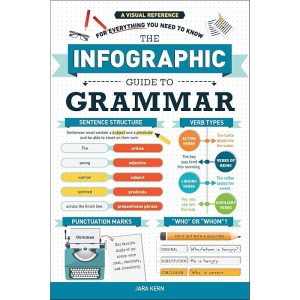

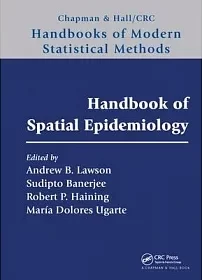
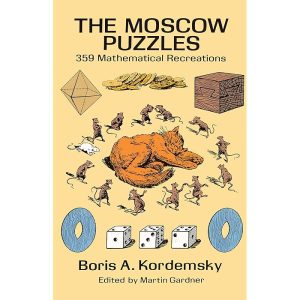

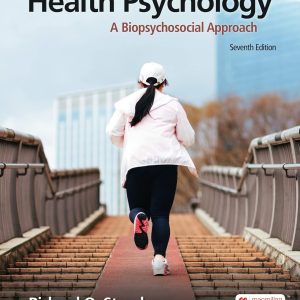
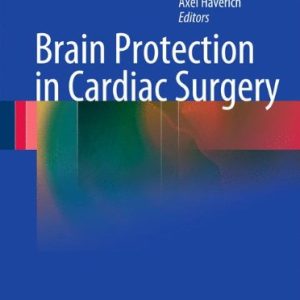
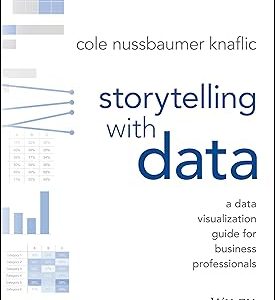
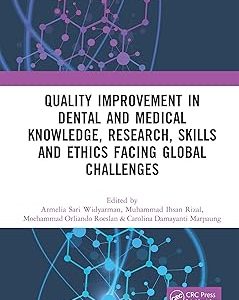


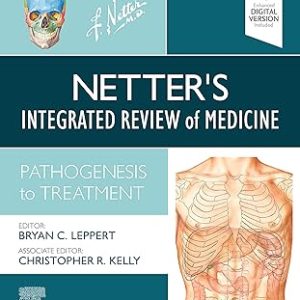
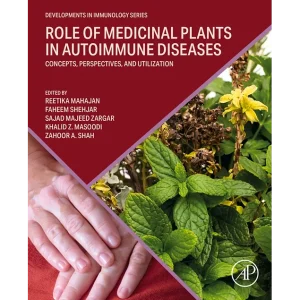
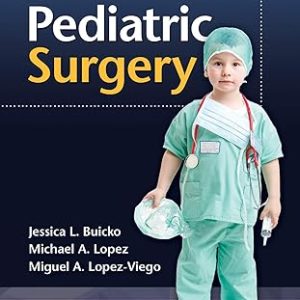
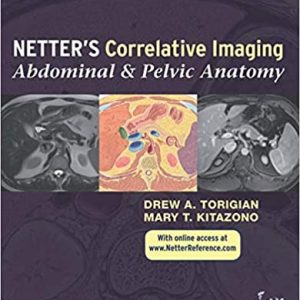
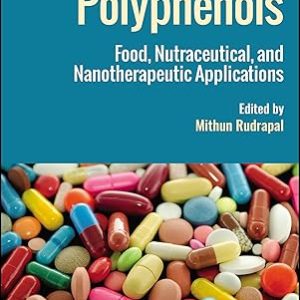
Reviews
There are no reviews yet.